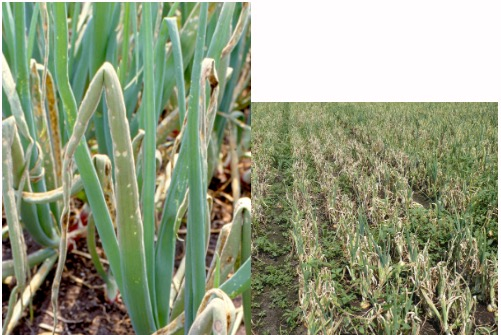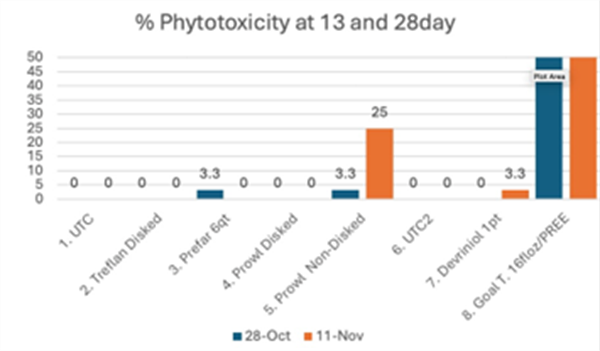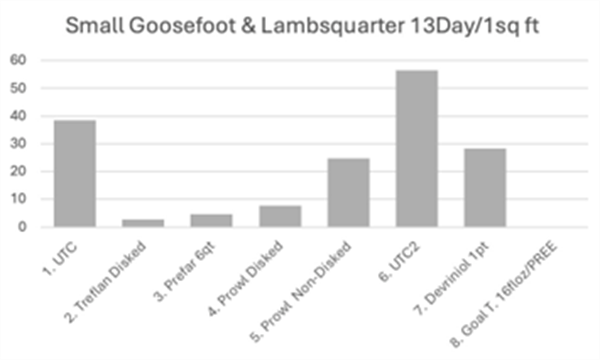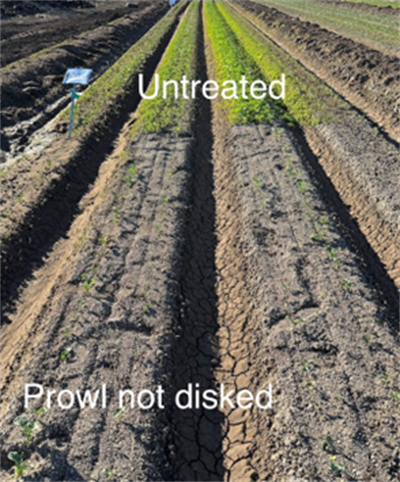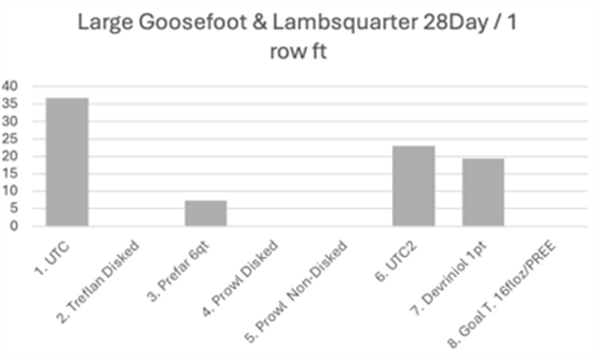Nov 27, 2024
Soil Health – Bray’s Nutrient Mobility Concept and Mobile Plant Nutrients
The Mobility Concept
Plant nutrient management is strongly dependent on nutrient mobility in the soil. Nutrient mobility in the soil is different among the essential plant nutrients and nutrient management in the field needs to take this into account.
In 1954, Dr. Roger H. Bray at the University of Illinois proposed a nutrient mobility concept that has proven to be very important in the management of nutrients for optimum efficiency (agronomically, economically, and environmentally). Bray essentially simplified all soil nutrient chemistry to the fact that some plant nutrients are mobile in the soil and some are not.
A great deal of research has been conducted in the past 70years supporting Bray’s nutrient mobility concept and it is now considered a fundamental feature of soil fertility and soil health management (Raun, 2017; Warren et al., 2017, Havlin et al. 2014; Troeh and Thompson, 2005).
Mobile Nutrients
Mobile plant nutrients in the soil move with the soil water. Thus, plants can extract mobile nutrients from a large volume of soil beyond the direct root system. Accordingly, plants take up mobile nutrients from a “root system sorption zone”, Figure 1. This gives plants the capacity to utilize most of the mobile nutrients in the root system sorption zone as those nutrients will move to the plant roots with the soil water as it is taken up by the plant.
We consider the mobile plant nutrients to be nitrogen (N), sulfur (S), boron (B), and chlorine (Cl). These mobile plant nutrients are taken up by the plant in the following forms: nitrate-nitrogen (NO3--N), sulfate-sulfur (SO42- - S), boric acid (H3BO3) and borate ions (BO33- - B), and chlorine is taken up as the chloride ion (Cl-).

Figure 1. The root system sorption zone and an illustration of the large volume of soil
from which plants extract mobile nutrients.
In a crop field where many plants are growing together, there are root system sorption zones commonly overlap. Therefore, the root system sorption zones for adjoining plants are competing for water and mobile nutrients, Figure 2. This is one of the main reasons that appropriate plant populations are important for optimum yield.
Due to this overlapping and potential competition among plants in the root system sorption zone, we need to fertilize and manage nutrients in direct proportion to the number plants or the potential yield of the crop. We can make an estimate of the mobile nutrient requirements by first calculating the amount of mobile nutrient that will be taken up by the crop.
Knowing the average concentration of the nutrient in the crop and the yield goal for the crop can provide a good estimate of total mobile nutrient demand by the crop. This is important for estimating the crop requirements for nutrients like nitrogen(N) for a crop.
Taking a soil test for plant available N, which is nitrate-nitrogen (NO3--N), will only provide a snapshot of the plant-available N over the season due to myriad N transformations that are constantly taking place in the soil. Thus, it is better to work with a yield goal approach for mobile nutrients such as N.

Figure 2. Competition among plants brought about by increasing yield goal.
Yield goal example: Consider a lettuce yield goal of 30 Tons (fresh weight)/acre. Nitrogen uptake studies on lettuce have shown that for iceberg lettuce a general average of 2.6 lbs. N/Ton is taken up by the crop and 3.62 lbs. N/T for romaine. Thus, using 3.0 lbs. N/Ton of fresh lettuce with a projected yield of 30Tons/acre indicates a total N demand by the crop of 90 lbs. N/acre (Bottomset al., 2012; USDA-ERS, 2013; Doerge et al., 1991).
We can subtract residual nitrate-nitrogen (NO3--N) found in a pre-season soil test from the total N crop demand estimate and identify a target N fertilization rate. For example, 10 parts per million (ppm) residual nitrate-nitrogen (NO3--N) as a preseason level is very common in agricultural soils.
Using an estimate of 2 million lbs. of soil per acre-furrow slice (6-inch-deep layer of soil in an acre area), 10 ppm X 2 = 20 lbs. nitrate-nitrogen (NO3--N) residual in the soil.
90 lbs. N projected requirements – 20 lbs. residual N = 70lbs. N/acre fertilizer requirement.
This would be fine if everything in the field was 100%efficient. Due to inefficiencies that are inherent in a field production system, higher rates of fertilizer N can be required in some cases.
Our management goal is to achieve the highest levels of efficiency (agronomically, economically, and environmentally) in the field as possible (Bottoms et al., 2012 and Doerge et al. 1991). Using the nutrient mobility concept is good to incorporate into our crop management strategy.
References:
Bottoms, T.G., Smith, R.F., Cahn, M.D., Hartz, T.K. 2012.Nitrogen requirements and N status determination of lettuce. Hort Science 47, 1768-1774.
Doerge, T. A., R. L. Roth, and B. R. Gardner. 1991. Nitrogen Fertilizer Management in Arizona. College of Agriculture Doc. 19102. University of Arizona.
Havlin, J.L.,Beaton, J.D., Tisdale, S.L. and Nelson, W.L. 2014. Soil Fertility and Fertilizers; An Introduction to Nutrient Management. 6thEdition, Prentice Hall, Upper Saddle River, NJ.
Raun, W.R. 2017. In: Warren et al. 2017. Oklahoma Soil Fertility Handbook, Id:E-1039
Troeh, F.R. and Thompson, L.M. (2005) Soils and Soil Fertility. Sixth Edition, Blackwell, Ames, Iowa, 489.
USDA-ERS. 2013. U.S. lettuce statistics 2011. http://usda.mannlib.cornell.edu/MannUsda/viewDocumentInfo.do?documentID= 1576 (accessed 21 Feb. 2013).
Warren, J., H. Zhang, B. Arnall, J. Bushong, B. Raun, C. Penn, and J. Abit. 2017. Oklahoma Soil Fertility Handbook. Id: E-1039






